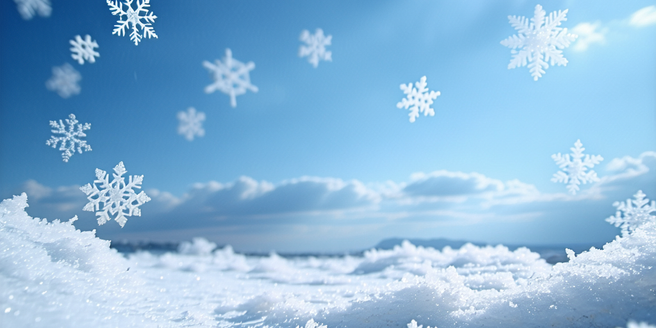
The Basics of Snow and Ice Formation
Snow and ice are fascinating natural phenomena that form under specific atmospheric conditions. Snow is the result of water vapor in clouds freezing into ice crystals, which group together to create snowflakes. The temperature must be at or below freezing for this process to occur. Ice, on the other hand, can form in several ways: through the freezing of rain or simply from cold temperatures causing existing water to freeze. Understanding the science behind how snow and ice form is crucial for developing effective strategies for managing winter weather conditions. By knowing when and why these can occur, individuals and communities can prepare and take necessary precautions to minimize risks associated with icy and snowy conditions.
Recognizing Common Hazards in Winter Conditions
Winter conditions bring a variety of hazards that can lead to accidents and injuries if not properly addressed. Ice patches on roads and sidewalks can go unnoticed, causing slips and falls. Similarly, black ice—a thin layer of ice—can make driving treacherous. Heavy snow can overload roofs, leading to structural damage. The importance of regular snow removal and inspection of building structures cannot be overstated. Frostbite is another risk during prolonged exposure to cold temperatures. It is vital to constantly assess your surroundings for potential hazards during winter. Wearing appropriate clothing and being cautious when moving around and ensuring your vehicles are equipped for winter conditions is essential. Recognizing these hazards is the first step in taking proactive measures to ensure personal safety and prevent accidents.
Effective Snow and Ice Removal Techniques
Effectively removing snow and ice can make a significant difference in ensuring safety during winter. The first step involves clearing pathways immediately after a snowfall before the snow has a chance to adhere and turn icy. It is important to monitor weather forecasts to be prepared for incoming snow or ice storms. Using a shovel or snow blower can be efficient, depending on the surface area. For ice, applying de-icing agents like salt or sand can help to melt the ice and provide traction. Commercial de-icers are specifically formulated to work at lower temperatures, particularly effective for stubborn ice patches. Regular maintenance helps in keeping driveways and walkways safe. Additionally, addressing the areas prone to ice formation with appropriate solutions can prevent buildup and maintain safer conditions.
Safety Gear and Equipment for Winter Conditions
When facing harsh winter elements, having the right safety gear and equipment is essential. This includes wearing insulated and waterproof clothing to retain body heat and prevent moisture intrusion. It’s important to check your gear regularly for wear and tear to ensure optimal performance. Sturdy boots with good grip can reduce the risk of slips on icy surfaces. Equip vehicles with snow tires, and carry items like shovels, ice scrapers, and emergency kits. Reflective clothing or gear enhances visibility during low-light conditions, which is common during winter months. Helmets and protective pads are recommended for activities like snowboarding or skiing. Investing in quality gear not only provides comfort but also plays a critical role in ensuring personal safety in challenging weather conditions.
Long-Term Strategies for Preventing Ice Accumulation
Preventing ice accumulation requires a proactive approach and implementation of long-term strategies. One effective method is ensuring proper insulation and sealing of homes to prevent heat escape, which contributes to ice formation. It’s also important to monitor weather forecasts to anticipate and mitigate severe conditions. An efficient drainage system directs melting snow away from critical areas, reducing refreezing risks. Installing gutter guards prevents blockages that can lead to ice dams. Landscaping can also impact ice accumulation; by planting trees strategically, natural windbreaks are established, minimizing snow drift. Regular roof maintenance can help manage snow loads better. Adopting these preventative measures significantly reduces hazards associated with ice buildup, ensuring safer homes and environments during winter months.
